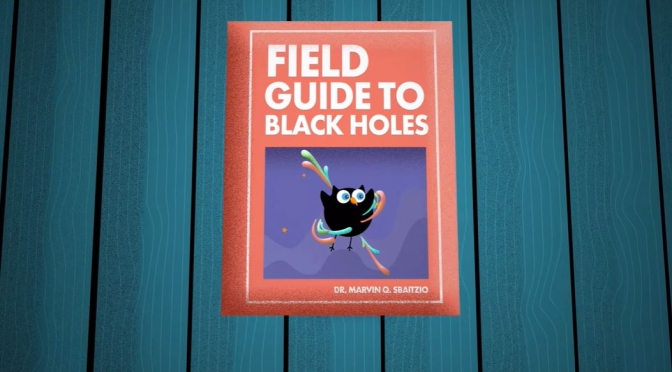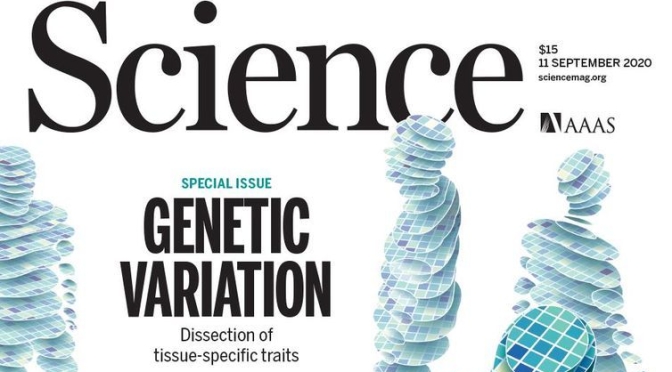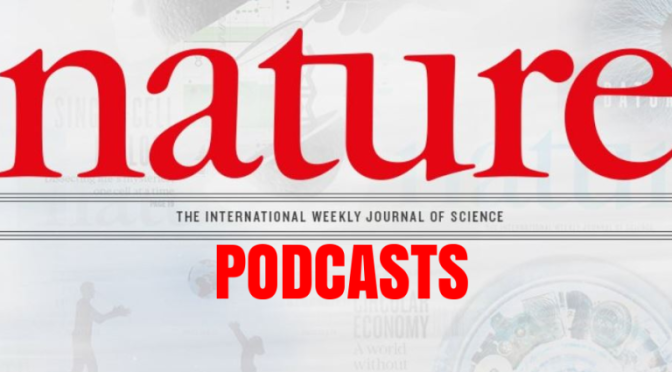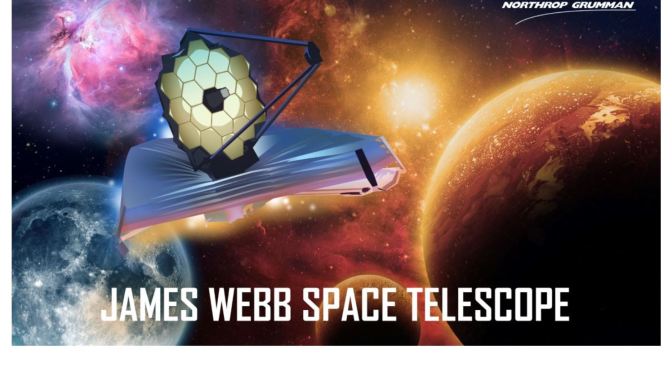Out in the vast universe, unknown billions of strange worlds drift around other stars. Many of them are quite unlike anything in our solar system. While astronomers hope to use immense upcoming observatories to get a better look at their outsides, Federica Coppari has been using the world’s largest laser to investigate their insides. Coppari compresses familiar substances, including rocks and water, into new forms. Her work has yielded insights into the inner workings of frozen giants such as Uranus and Neptune, as well as the potential habitability of super-Earths — rocky planets that dwarf our own. Read more at Quanta Magazine: https://www.quantamagazine.org/federi…
Tag Archives: Galaxies
NASA Goddard: ‘A Field Guide To Black Holes’
If you’re looking to find some black holes, it’s always helpful to know exactly what you’re looking for!
To get started on your black hole hunt, first watch this handy video to learn the basics about these strange cosmic objects.
Music: “Perfect Little Monsters” from Universal Production Music Video credit: NASA’s Goddard Space Flight Center Chris Smith (USRA): Lead Producer Chris Smith (USRA): Lead Animator Chris Smith (USRA): Lead Writer Jeanette Kazmierczak (University of Maryland College Park): Lead Science Writer Scott Noble (NASA/GSFC): Scientist John G. Baker (NASA/GSFC): Scientist Bernard J. Kelly (UMBC): Scientist
TOP JOURNALS: RESEARCH HIGHLIGHTS FROM SCIENCE MAGAZINE (SEPT 11, 2020)
New Astronomy Books: “Expanding Universe – The Hubble Space Telescope”
With investigations into everything from black holes to exoplanets, the Hubble Telescope has changed not only the face of astronomy but also our very sense of being in the universe. On the 30th anniversary of its launch into low-earth orbit, this updated edition of Expanding Universe presents 30 brand new images, unveiling more hidden gems from the Hubble’s archives.
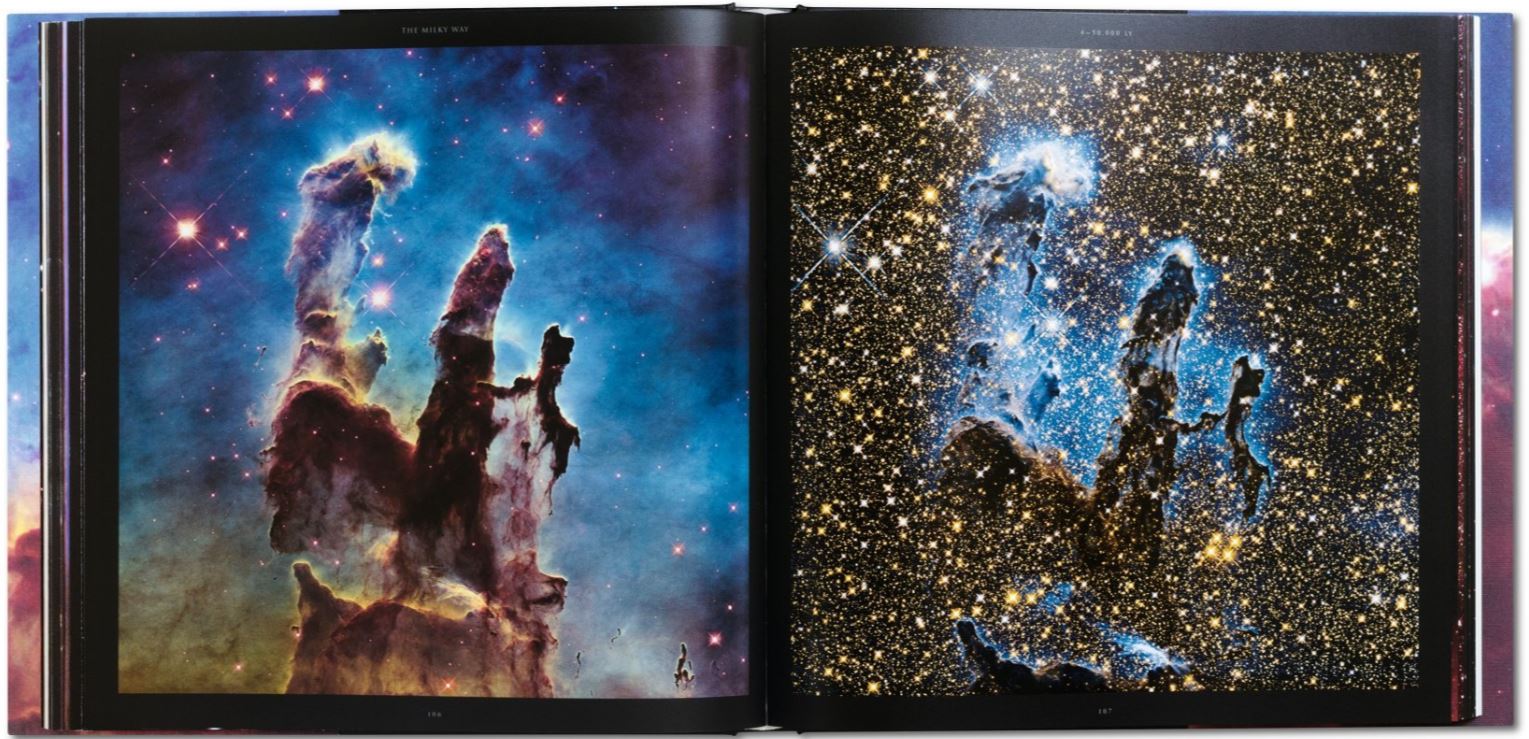
Ultra-high resolution and taken with almost no background light, these pictures have answered some of the most compelling questions of time and space while also revealing new mysteries, like the strange “dark energy” that sees the universe expanding at an ever-accelerating rate.
The collection is accompanied by an essay from photography critic Owen Edwards and an interview with Zoltan Levay, who explains how the pictures are composed. Veteran Hubble astronauts Charles F. Bolden, Jr. and John Mace Grunsfeld also offer their insights on Hubble’s legacy and future space exploration.
Top New Science Podcasts: “Neutron Star Interior Composition Explorer”
 An instrument on the International Space Station is providing new insights into some of the Universe’s most baffling objects. Neutron stars have puzzled scientists for decades. It’s known that these ultra-dense objects are born from the remnants of supernovae, yet what’s under their surface, and what processes that go on within them, remain a mystery.
An instrument on the International Space Station is providing new insights into some of the Universe’s most baffling objects. Neutron stars have puzzled scientists for decades. It’s known that these ultra-dense objects are born from the remnants of supernovae, yet what’s under their surface, and what processes that go on within them, remain a mystery.
Now, an instrument called the Neutron Star Interior Composition Explorer is providing new information to help answer these questions, ushering in a new era of research into these strange stars.
This is an audio version of our feature: The golden age of neutron-star physics has arrived
New Science Podcast: New Artificial Eyes, Elephant Seals And Disk-Galaxies
 This week, crafting an artificial eye with the benefits of a human’s, and understanding how disk-galaxies formed by peering back in time.
This week, crafting an artificial eye with the benefits of a human’s, and understanding how disk-galaxies formed by peering back in time.
In this episode:
00:45 Biomimetic eye
Researchers fabricate an artificial eye complete with a human-like retina. Research Article: Gu et al.; News and Views: Artificial eye boosted by hemispherical retina
09:27 Research Highlights
Dazzling elephant seals to avoid predation, and helping blind people ‘see’ through brain stimulation. Research Highlight: Mighty seals humbled by prey that flickers and flashes; Research Highlight: Blind people ‘read’ letters traced on their brains with electricity
11:36 Early disk-galaxy
There’s an open question about how disk-galaxies form, but now new observations are pointing to an answer, from the very early Universe. Research Article: Neeleman et al.; News and Views: Galaxy disk observed to have formed shortly after the Big Bang
17:47 Pick of the Briefing
We pick our highlights from the Nature Briefing, including a HIV ‘vaccine’, and incredibly hardy bacteria. Science: Long-acting injectable drug prevents HIV infections; Quanta Magazine: Inside Deep Undersea Rocks, Life Thrives Without the Sun
Astronomy: Hubble Space Telescope Celebrates 30th Anniversary April 24
On April 24, 2020, the Hubble Space Telescope celebrates its 30th year in orbit by premiering a never-before-seen view of two beautiful nebulas named NGC 2020 and NGC 2014.
Hubble’s senior project scientist, Dr. Jennifer Wiseman, takes us on a tour of this stunning new image, describes the telescope’s current health, and summarizes some of Hubble’s contributions to astronomy during its 30-year career.
Top Science Podcasts: Orbiting A Black Hole, Parrots And Online Media Consumption (Nature)
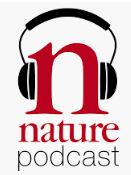 Listen to the latest from the world of science, brought to you by Benjamin Thompson and Nick Howe. This week, observations of objects orbiting a black hole, and rethinking how we measure screen-time.
Listen to the latest from the world of science, brought to you by Benjamin Thompson and Nick Howe. This week, observations of objects orbiting a black hole, and rethinking how we measure screen-time.
In this episode:
00:45 Observing the centre of the galaxy
Researchers have uncovered a population of dust-enshrouded objects orbiting the supermassive black hole at the centre of the galaxy. Research Article: Ciurlo et al.
06:34 Research Highlights
A London landmark’s height lends itself to a physics experiment, and generous behaviour in parrots. Research Highlight: An iconic structure in London moonlights as a scientific tool; Research Highlight: Parrots give each other gifts without promise of reward
09:00 The human ‘screenome’ project
To understand the effects of online media consumption, researchers argue that the way it’s measured needs to change. Comment: Time for the Human Screenome Project
17:26 News Chat
A decline in human body temperature, and a new report on research culture. News: Not so hot: US data suggests human bodies are cooling down; News: Stressful, aggressive, damaging: huge survey reveals pressures of scientists’ working lives
NASA: “James Webb Space Telescope” Mission (Video)
A look at the James Webb Space Telescope, it’s mission and the incredible technological challenge this mission presents.
Music credit: Universal Production
Music tracks: Future Generation Alternative Version by Dury; Moment of Anticipation Instrumental by Connolly; Dark Matter Instrumental by Beits
Credit: NASA’s Goddard Space Flight Center
Michael McClare (KBRwyle): Lead Producer
Michael McClare (KBRwyle): Lead Writer
Adriana Manrique Gutierrez (USRA): Animator
Jonathan North (USRA): Animator
Walt Feimer (KBRwyle): Animator
Michael Lentz (USRA): Animator
Bailee DesRocher (USRA): Animator
Michael McClare (KBRwyle): Lead Editor
Michael McClare (KBRwyle): Lead Videographer
This video is public domain and along with other supporting visualizations can be downloaded from the Scientific Visualization Studio


